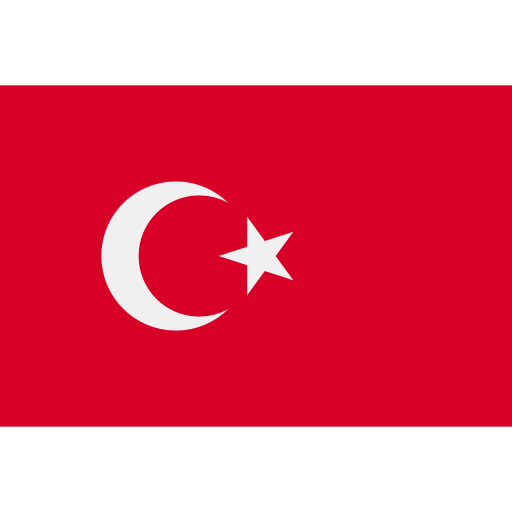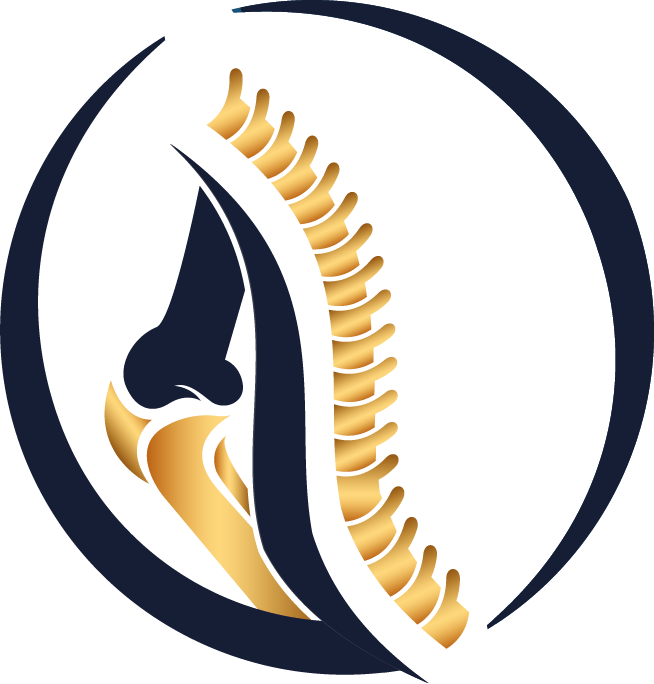What is Congenital Talipes Equinovarus (Clubfoot)?
Clubfoot is a congenital deformity of the foot and is seen in approximately 1 in 1000 births. It is seen bilaterally in half of the cases.
The affected foot tends to be smaller than normal, with the heel and forefoot turning inward. The Achilles tendon of the affected foot is tight and prevents the foot from being pulled up from the ankle. Since this congenital deformity usually begins in the uterus, the deformity of the foot is usually quite rigid after birth and does not resolve spontaneously.
How Do I Know If my Child has Congenital Talipes Equinovarus?
Clubfoot can be easily diagnosed in a newborn examination. It can also be detected prenatally by ultrasonography in the uterus. However, it can not be intervened before the baby is born. On examination, the foot is turned inwards. A skin fold is seen on the inside of the foot. The foot and leg are observed to be smaller than the unaffected side.
A complete physical examination is essential in these infants. The incidence of hip dislocation is slightly higher in babies with clubfoot.
Congenital Talipes Equinovarus Treatment
It is necessary to start treatment as early as possible, as soon as the diagnosis is made. The aim of the treatment is to correct the clubfoot, contribute to the growth and development of the foot and obtain a normal foot as much as possible. If left untreated, it can cause permanent disability. The gold standard treatment method is the Ponseti method.
Ponseti method: Treatment begins after the baby is born. The treatment continues in the form of manipulation of the foot for 5-7 weeks by changing the cast every week. If the heel - Achilles tension is not relieved by casting, the Achilles tendon is cut with a minor surgical procedure. This procedure, which we call achillotomy, is required in approximately 90% of cases. A plaster cast is applied for 3 weeks after the achilotomy. After this plaster is removed, the use of orthoses covering both feet is started. The orthosis should be worn day and night for 3 months. At the end of the 3-month period, the orthosis is used for night and day sleeps until the age of 3 years. If the orthosis is used inappropriately, the probability of recurrence is high and the method will fail. Early recurrences can also be treated with casting. The Ponseti method has a 95% chance of success.
 Türkçe
Türkçe
 Arabic
Arabic


